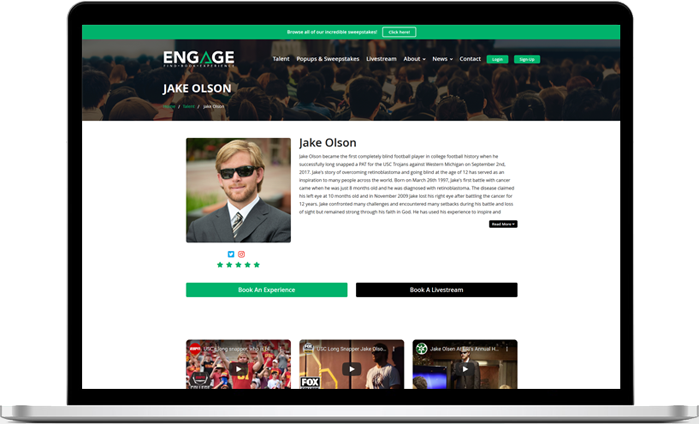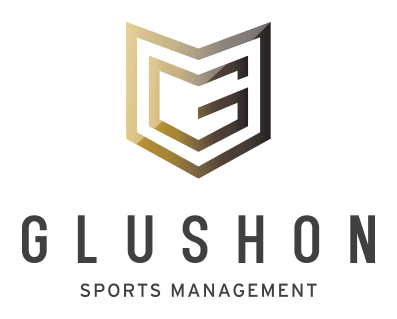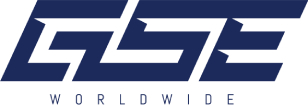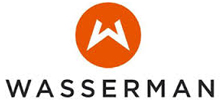Brent Adamson is a world-renowned researcher, author, presenter, trainer, and advisor to B2B commercial executives.
Known as having the "biggest crystal ball in B2B sales," Brent is the co-author of the best-selling, industry-changing books, "The Challenger Sale" and "The Challenger Customer". He is also a frequent contributor to well-known business publications, including the Harvard Business Review, featuring his recent articles, "Sensemaking for Sales" and "Traditional B2B Sales and Marketing Are Becoming Obsolete."
Across the last 19 years, Brent has been privileged to work with some of the greatest thought leaders in B2B and B2C sales and marketing, building and leading exclusive communities of highly progressive commercial executives. Known as a world-class facilitator and speaker, Brent has presented to tens of thousands of commercial leaders both in-person and virtually worldwide, ranging from executive leadership teams to large keynote audiences.
Especially well known for his passion for "productive disruption," Brent served as the "chief storyteller" for CEB, now Gartner's, sales, marketing, and customer service practices from 2003 to 2022. Across that time, Brent's research has focused on the critical, boundary-spanning intersection of selling and buying, seeking to understand the rapidly changing nature of effective commercial collaboration. Most recently, Brent and his colleagues at CEB, now Gartner, have introduced industry-leading concepts such as Buyer Enablement, Sense-Making, and Customer Decision Confidence. Brent is also the former Global Head of Research and Communities at Ecosystems, a cutting-edge SaaS platform designed to help companies identify and track dimensions of value creation with their customers.
A native of Omaha, Nebraska, Brent received his MBA with distinction from the University of Michigan’s Ross School of Business. Before that, he served on the faculty of Michigan State University as a Professor of German and Applied Linguistics. In addition to his MBA, Brent holds a B.A. with distinction in political science from the University of Michigan along with an M.A. in political science and German, and a Ph.D. in applied linguistics from the University of Texas. Brent resides in Leesburg, VA with his wife, two daughters, and rescue dog.


























































